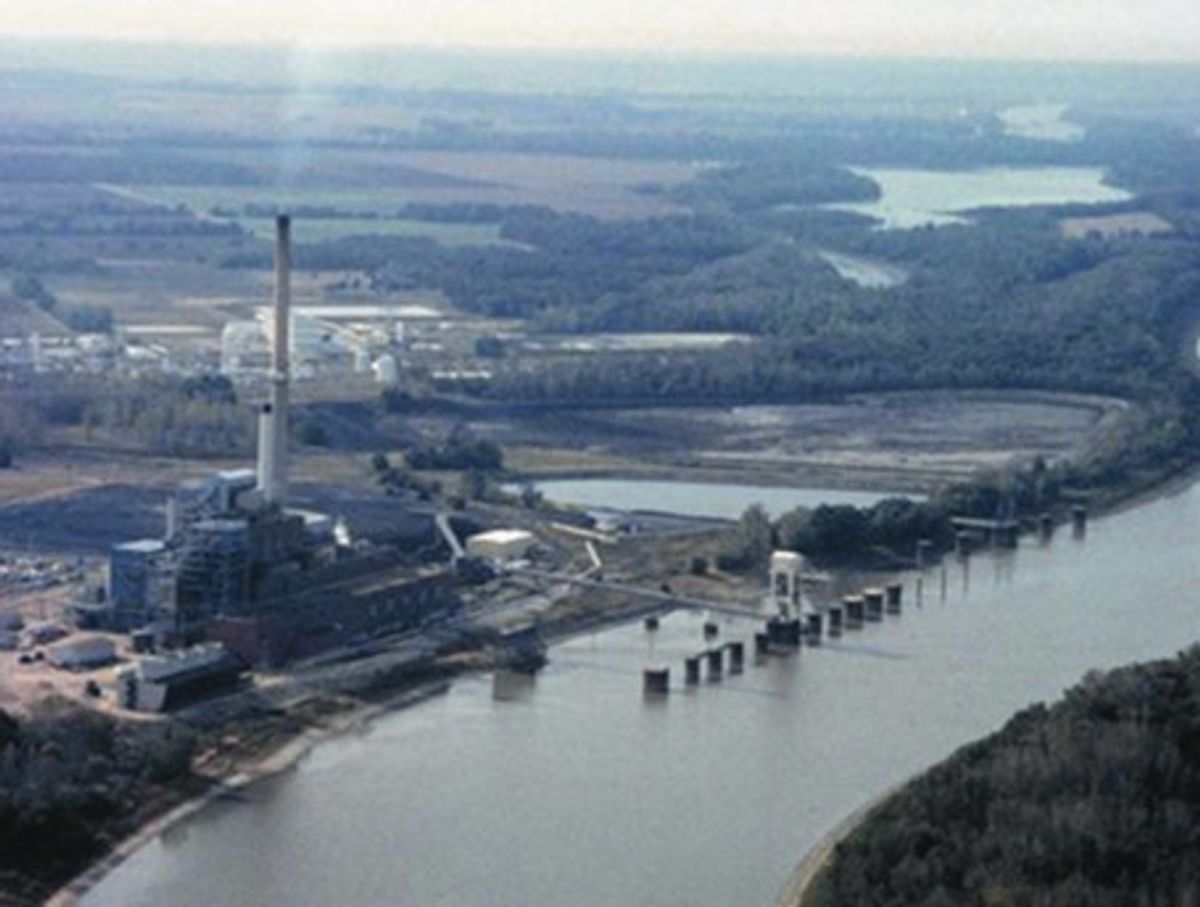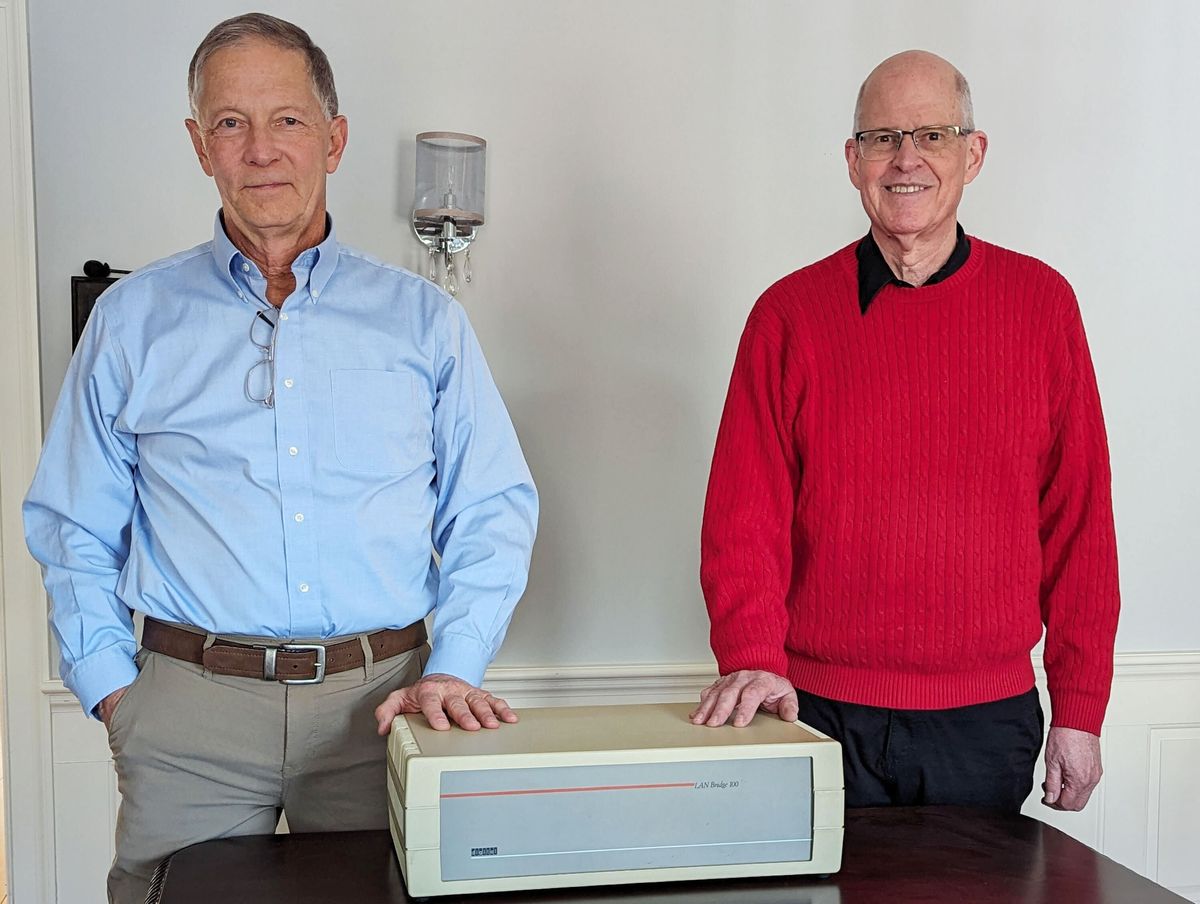The NETL's press release points out that existing technologies can achieve 90 percent capture only by adding as much as 80 percent to electricity prices. The new projects cover several technology areas; for example, the Drake #7 plant in Colorado Springs will be outfitted with a NeuStream absorber, a technology that is "applicable to a variety of solvents and can be added to existing pulverized coal power plants with reduced cost and footprint." Another, to be conducted by Linde LLC, is described as follows:
The proposed project will use a post combustion capture technology incorporating BASF’s novel amine-based process at a 1 MWe equivalent slipstream pilot plant at the National Carbon Capture Center. This technology offers significant benefits as it aims to reduce the regeneration energy requirements using novel solvents that are stable under the coal-fired power plant feed gas conditions.
Each of these ideas seeks to improve technologies that have proven too costly to get off the ground on large scales. The DOE continues to stand behind the FutureGen plant (now in its 2.0 iteration), last year pledging $1 billion to modify a coal plant in Meredosia, Ill. (pictured, above); progress so far has involved picking sites for sequestration.
Elsewhere, American Electric Power tabled its plan to launch a full-scale CCS project at its Mountaineer Plant in West Virginia last month. An official within the Obama administration told the New York Times that the lack of federal incentive to spend $668 million on such an idea is what led to its demise: "This is what happens when you don’t get a climate bill."
Clearly, the political environment at the moment will not yield any change on that front in the near future. In that context, the DOE's efforts to find better methods of capturing and storing carbon emissions appear even more relevant; without federal legislation, the only way to start bringing emissions down from coal plants is to lower the costs of doing so.
(Image via DOE)
Dave Levitan is the science writer for FactCheck.org, where he investigates the false and misleading claims about science that U.S. politicians occasionally make.




